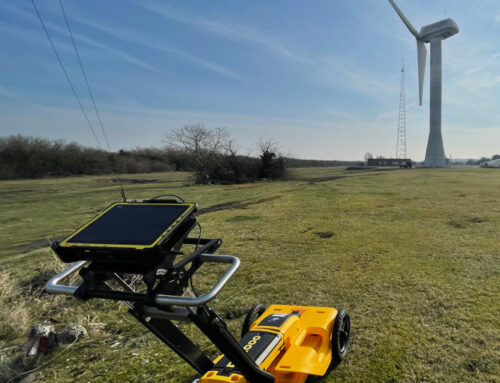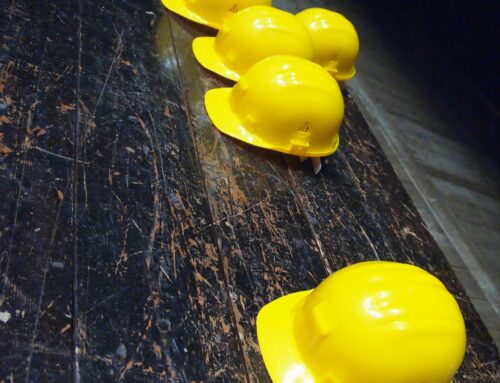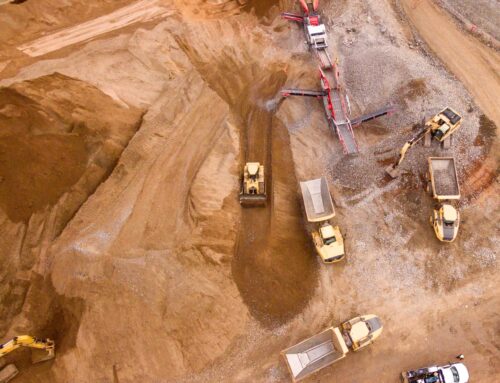When you are building a new home or doing some renovation work, it is always beneficial to know the lay of the land. This means knowing where all your utilities and other infrastructures like sewers and water pipes are located underground.
A topographical survey map will provide this information for you in detail, but how do you read one? In this blog post, we will discuss how to understand their importance so that you can make the most out of your construction project.
Knowing how to read and understand a topographical survey map can help give you detailed information about your land before building on it so that nothing gets missed during construction work. It helps to make sure things go as smoothly as possible for everyone involved.
The importance of topographical maps in construction projects
Topographical maps are important because they provide detailed information. It will tell you everything from where your water pipes are to what areas have a higher elevation than others around them. This is critical when it comes time to build a home or other structure.
It’s also important for understanding how the land flows and changes, which is useful for things like drainage.
Things to remember before reading a topographical survey map
When you’re trying to read a topographical survey map, be aware that the scale will vary depending on what it’s showing you. This means that one area of your property might look an inch or two high while another part could take up a full page in size. It’s also important to know what kind of map you’re looking at, especially if it was made by a different company or organisation. The colour coding is usually standard, but the symbols vary depending on who created them.
Know what you’re looking at on the topographical survey map
When reading a detailed topographical survey map for your construction project, it’s important to know exactly what kind of information is being presented. This will help you interpret things clearly so that nothing is missed during the process.
The difference between contours and spot elevations are especially important because they often tell different stories about how land flows. They can even tell you where water might accumulate over time with rainfall events.
When you see these symbols on a topographic survey map be aware that they could have an impact on your future home building plans.
6 Key Things To Remember When Reading a Topographical Map
- Slopes – The closer the lines are, the steeper the slope. The further apart they are, the gentler the slope
- Flow and source of water – Contour lines bend upstream and form a V when crossing a stream, river, or creek. The tip of the V points towards the source of the water. This means that the water flow would be in the opposite direction.
- Mountains or hills – These are marked by rings of circles that get smaller.
- Highest possible elevation – The highest possible elevation is just below the value of what the next contour line would be.
- Depressions – These are areas where the land dips down and are shown with small marks called hatch marks.
- Lowest possible elevation of a depression – The first hatched line is the same elevation as the previous contoured line. That means that the lowest possible elevation of a depression is just above the value of what the next contour line would be.
Reading a topographical survey map can be difficult if you are not familiar with one. So, if you are unsure about how to read your topographical survey, we can help. We produce them in an easy to understand format and have experts on hand happy to give friendly advice. For more information, get in touch.




